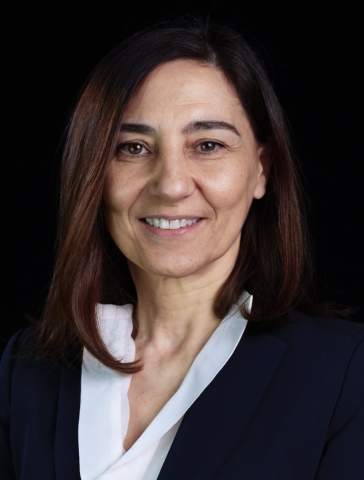CERN is 69 years old. By CERN, I mean more than 600 buildings, 54 km of roads and 64 km of underground tunnels. About 65% of CERN’s infrastructure was built before 1970, so the Site and Civil Engineering (SCE) department needs to balance preservation with modernisation. Here’s how we define our site consolidation priorities.
In the past, there would be campaigns to replace windows, then campaigns to replace doors, and so on. But, back in 2021, our approach changed, helped by an increase in budget. It enabled two to three renovations per year of complete buildings. Unfortunately, the recent budget constraints will reduce the amount of complete building renovations from 2028 onwards.
Prioritising which building to renovate relies on four Ss: safety, sustainability, strategy and Stratus.
- Safety: our colleagues in the Occupational Health & Safety and Environmental Protection (HSE) unit work alongside SCE to report and address safety compliance issues.
- Sustainability: a renovated building will gain 60–80% in energy efficiency, helping to minimise our impact on the environment.
- Strategy: renovations must have strategic value for the scientific programme. As a particle physicist myself, I fully understand that scientific priorities come first, but we also have to ensure that the working conditions for the CERN community do not degrade.
- Stratus: this professional software tool lets us assess the condition of important aspects of buildings. We use it to evaluate and categorise every building on site, calculating the investment required to bring a building up to the latest standards.
These four Ss feed into the recurrent site consolidation programme, established annually with a 10-year horizon. Recent renovations have included Restaurant 1, the newly reopened CERN Library and Building 180, home of magnet developments.
A major, ongoing renovation is that of Building 60, CERN’s main building, which was constructed in 1959. Its modernisation was necessary due to a high presence of asbestos. This work was originally planned for 2027, but the CERN Management decided to bring it forward. We are grateful for this brave decision, which entailed relocating all of the building’s offices to Building 42. The project should be completed by late summer 2025.
Renovations are complemented by newly constructed buildings and infrastructures, defined either by technical needs – such as the newly delivered HL-LHC buildings and the Prévessin Data Centre – or because a new construction is a better choice than renovating very old assets. Two such buildings, currently in the design phase – Building 777 in Prévessin and Building 140 in Meyrin – will aim for a net-zero carbon construction, in line with CERN’s sustainability ambitions. They bring opportunities to change space management, incorporating a minimum of 30% open-space areas. Once their construction is complete, old barracks and buildings that are uncomfortable, expensive to maintain and have poor energy efficiency will be demolished.
Additionally, with such a large site, urgent repairs and interventions are handled via ServiceNow. Anyone at CERN can send a request for a repair or minor modification, and so far in 2023 we have received no fewer than 9500 ServiceDesk tickets. Safety-related requests are dealt with quickly, while others are integrated into the yearly programme of repair campaigns on site, thus optimising the load of the teams.
Site consolidation is just one of the many aspects of SCE’s work. Another, in collaboration with FAP and many other departments at CERN, is the CERN Campus app, launched as a proof of concept this August. With about 3000 users to date, this app unites campus services and information including food, maps, phonebook, notifications and CERN news. You can find out more and download it here.
In everything we do in SCE, our aim is to transform CERN into a greener lab, protecting, preserving and modernising the infrastructure for the many exciting years ahead.

